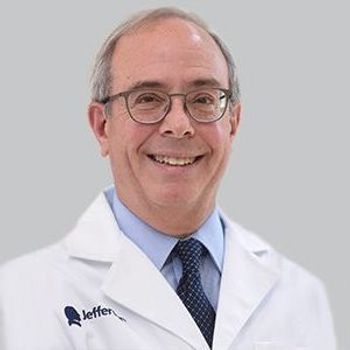
Andrew Russman, DO: Neuroprotection Versus Neurorestoration

The medical director of the Comprehensive Stroke Center at Cleveland Clinic detailed the differences between neuroprotection and neurorestoration, and the available options for each.
“There has been so much investment over time in these [neuroprotection] trials and none of them have really shown success. Neurorestoration may show more promise.”
Thrombolytic therapies are the primary method of neuroprotection for patients following acute ischemic stroke (AIS), with the goal of preventing the infarction from increasing in size. Other therapies, including cooling, have been tried; however, many of those therapies are likely not as effective as thrombolysis and thrombectomy.
Andrew Russman, DO, medical director of the Comprehensive Stroke Center at Cleveland Clinic, believes that neurorestoration may have more potential than neuroprotection, as it is aimed at regenerating tissue and reducing disability. This includes deep brain stimulation and cell therapies.
In an interview with NeurologyLive, Russman discussed why the pursuit of neurorestoration therapies may be a more viable option for improving long-term outcomes in patients with AIS.
Newsletter
Keep your finger on the pulse of neurology—subscribe to NeurologyLive for expert interviews, new data, and breakthrough treatment updates.































